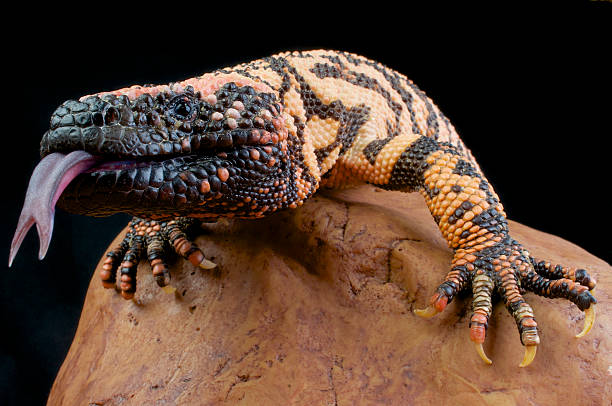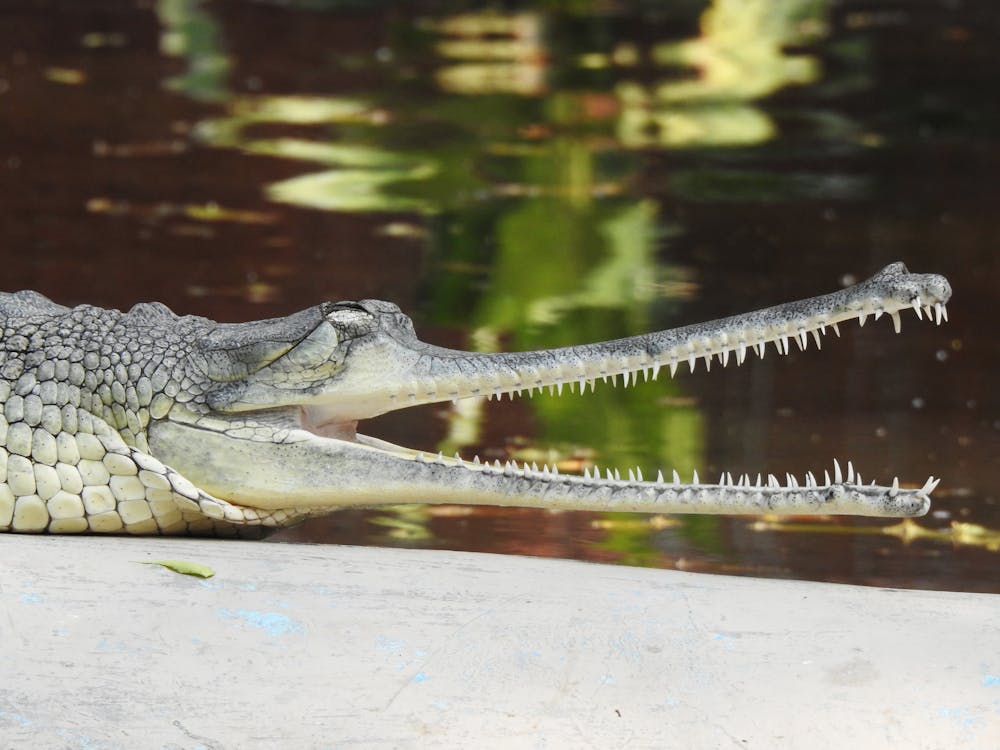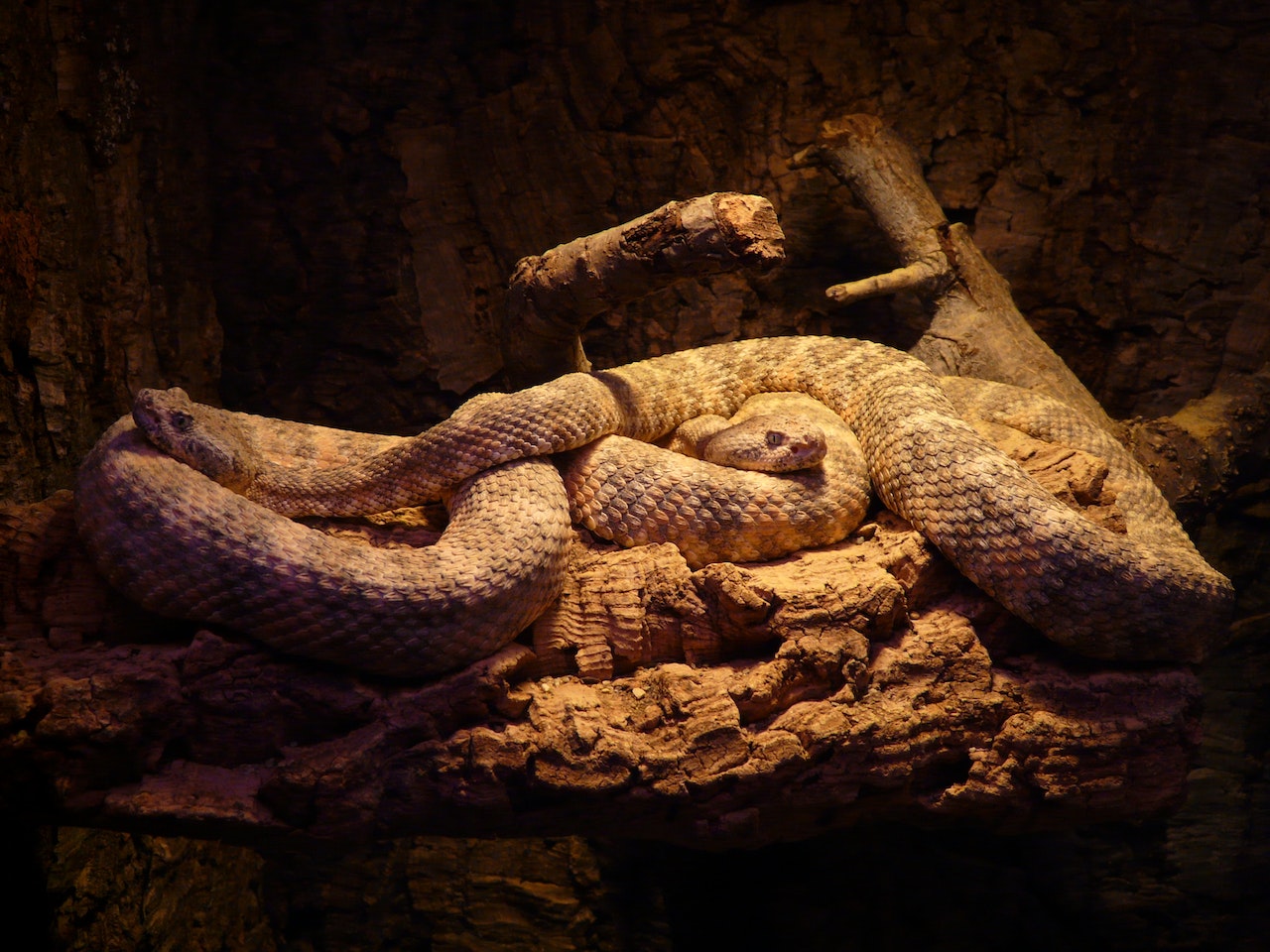Reptiles may not get the most love out of the animal kingdom (that honor belongs to the mammals), but that doesn’t mean they aren’t captivating creatures in their own right. With scaly skin and an alien-like appearance, these cold-blooded reptiles have evolved to become some of the most unique animals on our planet. But are there any reptiles out there that stand out even more than others? In this article, we will cover ten of the wildest reptiles you will ever come across! Are you ready to meet them? If so, let’s dive in!
1. Deathstalker

For a venomous animal, there’s nothing scarier than a deathstalker scorpion. Not only is this guy one of the most venomous arthropods in the world, but it’s also one of the deadliest scorpions in North Africa and the Middle East. In fact, its sting has been known to cause death in as little as 45 minutes and pain that can last for days. This is an animal you don’t want to mess with.
2. Rhinoceros iguana
One of the most unusual species of reptiles is the Rhinoceros iguana. This bizarre creature is found in Central America and has a brown, spiky shell that resembles a rhinoceros. The iguana’s scientific name is Cyclura cornuta and it is a critically endangered animal. Rhinoceros iguanas are actually herbivores and they get their name because their back looks like that of a rhino’s.
3. Gila monster

Gila monsters are native to southwestern United States and northwestern Mexico, living in hot and dry habitats. They can be found in the Gila River basin of Arizona, New Mexico, and Sonora, Mexico. The Gila monster is a heavy-bodied lizard with short legs and a forked tongue that continually flicks in and out.
4. Komodo dragon
Native to Indonesia, these enormous reptiles can grow up to ten feet in length. The Komodo dragon is famous for its ability to kill large animals like deer and pigs with a mere bite. They are ambush predators, waiting patiently for their prey to come close before pouncing without warning.
5. Green tree python

Green tree pythons are found in rainforests, savannahs and lowland wetlands of Southeast Asia. They can grow to a length of up to seven feet and live for over 20 years. The green tree python is well-camouflaged and lives among branches and leaves in trees. It can also descend from its perch to hunt prey at ground level. Green tree pythons are strong constrictors that suffocate their prey by tightening their coils around it until it stops breathing
6. Red-tailed boa
Native to Central and South America, these wild-caught snakes are a popular pet for reptile enthusiasts. The red-tailed boa is known for its docile temperament and beautiful patterning. They have a lifespan of 20 years and reach lengths of 3.3 meters (11 feet).
Reptiles are often seen as scary or intimidating creatures, but many of them have fascinating adaptations that make them an excellent addition to any animal collection.
7. Reticulated python

The Reticulated Python is one of the longest snakes in the world, reaching lengths of up to 33 feet. This giant constrictor is native to Southeast Asia and is non-venomous but can kill its prey by wrapping around them and squeezing until they suffocate. They can also kill large animals like pigs, deer and even bears with a single bite.
8. Burmese python
Burmese pythons are one of the largest and heaviest snakes in the world. They can grow up to 25 feet long and weigh over 200 pounds. Burmese pythons are also one of the most invasive species in South Florida, where they have no natural predators. They live near water sources and prey on native birds, mammals, and reptiles.
9. Gharial crocodile

Gharials are a critically endangered species that live in parts of Asia and Africa, and can grow to be as long as 18 feet. Gharials have very long snouts and they have a body type that is similar to an alligator’s. Gharials are herbivores, which means they only eat plant-based foods like leaves, grass, seeds, fruits, etc. They don’t actually hunt for their food because they mostly wait for it to come to them.
10. Irukandji jellyfish
The Irukandji jellyfish, which is only found in Australia and inhabits coastal waters, is considered to be one of the most dangerous marine creatures. The first sting from an Irukandji jellyfish could cause a victim to go into cardiac arrest. In order to avoid being stung by this creature, it is recommended that swimmers stay within two meters of shore because this is where the jellyfish’s tentacles are not likely to reach.

